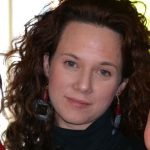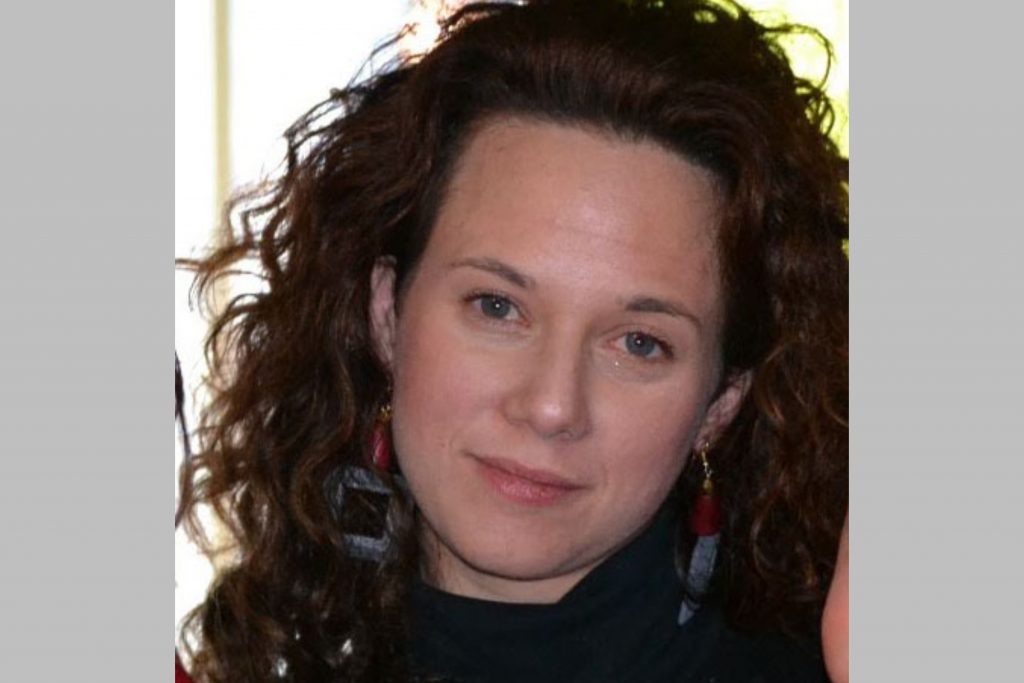We’re taking time to get to know the members of the GSA’s Early Career Scientist Committees. Join us to learn more about our 2020 early career scientist advocates.

Antonia De Maio
Career Development Subcommittee
Massachusetts General Hospital and Harvard Medical School
Postdoc Fellow
Research Interest
The discovery of small-RNAs revolutionized our understanding of RNA and revealed it as the multi-tasking biological player that we know today. Since that moment it has become very clear that RNA does not exist just as a transitional state between DNA and protein but as a molecule with numerous and non-coding regulatory functions related to gene expression.
When I started my postdoc, I intended to explore the existence of new layers of regulation of small-RNA activity. I am particularly interested in studying if and how RNA modifications impact the metabolism of small-RNAs and their ability to recognize target RNAs and partner RNA-binding proteins. I hypothesize that inducible and reversible RNA modifications can fine-tune the activity of small-RNAs in response to environmental stimuli, and I am focusing on the implications that such regulation could have on the antiviral function of small-interference RNAs (siRNAs) in Caenorhabditis elegans.
This tiny and transparent worm is the perfect tool for us because it makes massive and multifaceted use of small-RNAs. Indeed, C. elegans fights viral infections by producing viral small interference-RNAs (vsi-RNAs) that pair with, inactivate, and ultimately degrade the viral genome. Moreover, the C. elegans genome contains numerous viral sequences derived from ancient infections, and the expression of these genes is kept at bay by RNA-interference (RNAi) and small-RNAs. But what if RNA modifications to this group of small-RNAs could make them super-antiviral tools? Could these small-RNAs be modified to use promiscuous base-pairing to recognize novel viral intruders with slight sequence similarities to ancient pathogens that attacked the host?
If my work shows this to be true, I will have discovered a strategy to facilitate resistance to future infections. In light of the high conservation of RNAi and its antiviral function in multiple species including humans, these results could be translatable to higher organisms and applicable to the investigation of viral infections such as influenza and HIV which are impacted by the host’s small-RNAs cascade.
As a PhD-trained scientist, you have many career options. What career paths interest you the most?
Since my undergraduate years as a biology student, I was sure that the academic path was the perfect fit for me and have been working as hard as possible to achieve a faculty position and lead my own research group. However, after publishing my doctoral research, I unexpectedly started questioning this. While I still very much enjoy bench work and the critical thinking behind the dissection of biological questions, I can no longer envision myself dedicating my whole professional life to a given line of research. I realized that I need to be exposed to science as a whole, have the chance to read and learn about very different topics, and more than anything, be able to share my passion for science and its impact on society with others.
Different volunteer experiences showed me that I love exposing young people to the realities of working in STEM. I discovered the reward that comes with opening their eyes to the various opportunities out there, and collaborated with schools to use my professional expertise to enrich the educational experience of the students as well as their attitudes toward pursuing a career in science.
I am exploring different career trajectories during my postdoc that could blend together my interests, and I think that positions spanning from scientific communication to mentoring and science outreach will be my goal at the end of my postdoc.
In addition to your research, how else do you want to advance the scientific enterprise?
I feel strongly about increasing racial and gender diversity across STEM fields in order to achieve true representation and inclusion in science. We need to engage in a systematic effort to promote and “normalize” access to educational and professional opportunities for racial/ethnic minorities and the LGBTQIA+ community. Individuals belonging to these groups face systemic and unrecognized biases that are unique and often obscure to the privileged majority. Hence, the first step in removing these obstacles is to create platforms where these issues can be vocalized and can trigger the identification and implementation of practical solutions, supported by a structured network of allies.
As scientists, we have the collective responsibility to act towards improving and supporting the experience of students and STEM professionals who belong to underrepresented and underserved groups. We need to dissect the processes of recruiting, fellowship awarding, internship selections, and paper submission/revision to pinpoint biases and discrimination mechanisms and be able to push for the necessary reforms.
I would like to coordinate events that put in contact schools from very different backgrounds with STEM professionals and research institutions to reveal to young students what a career in these fields looks like, offer them mentorship opportunities beyond their regular environment, and promote the establishment of internship and scholarships opportunities at different levels. In line with these intents, I want to work on the creation of opportunities for scientists from each career phase and path to interact with each other to facilitate their engagement in the building and preservation of diversity and equity in STEM. These “spaces” could take the form of workshops or interactive Q&A events during conferences or within the daily activity of scientific society, and more importantly, of ad hoc committees established within each institution (similar to our efforts at Massachusetts General Hospital).
As a leader within the Genetics Society of America, what do you hope to accomplish?
When I applied to become a member of the Early Career Leadership Program, I was exploring new and uncharted territory. I had just started my postdoc in a new field and with a new model organism, and for the first time in my whole career I was reconsidering my professional trajectory. Under this light, the program represented the perfect opportunity to network with other scientists having a similar experience and to develop skills outside of the laboratory that could help me define a new path. Being a member of the Career Development Subcommittee turned out to be this and so much more. The work we do together offers us the broader and inspiring chance to give back to the scientific community we all belong to.
By the end of my two years within the Career Development Subcommittee, I intend to contribute to and lead projects that help scientists navigate their professional growth and nurture and build real racial, ethnic, and gender diversity in science to create fair opportunities for career development in STEM for students and scientists belonging to underrepresented and underserved groups.
Previous Leadership Experience
Mentor for the “MGH/Timilty School- Science Fair Mentors program”
Mentor for the “Inspire an MGH Youth Scholar” program
Chair of the Massachusetts General Postdoc Association subcommittee for International Postdocs
Contact Antonia De Maio on social media:































